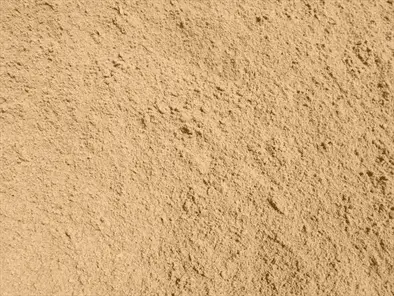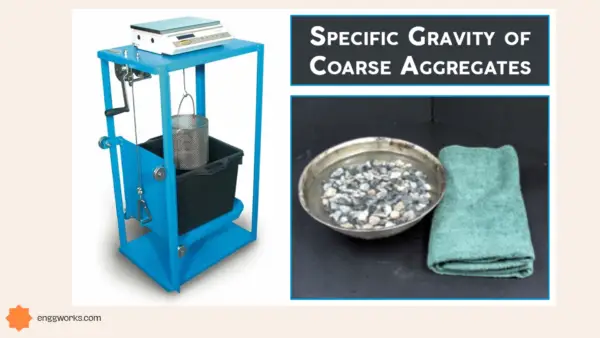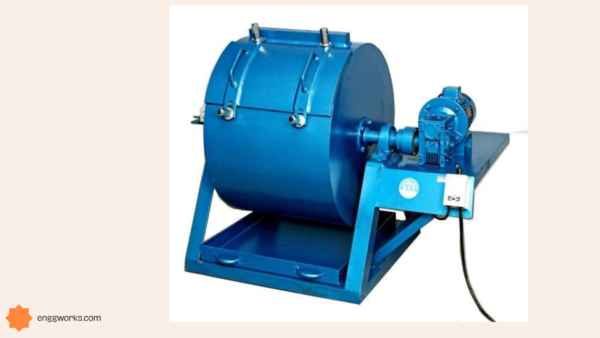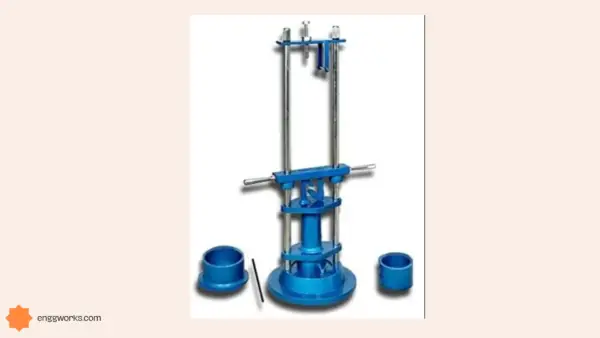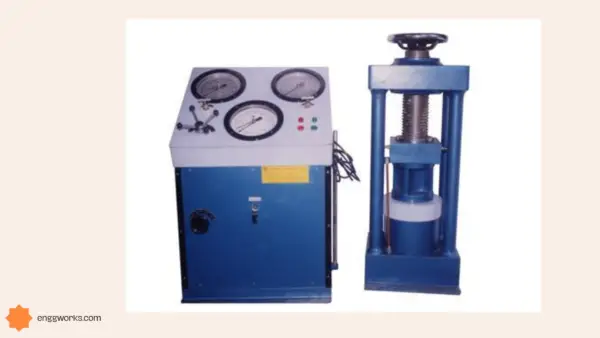Aggregates used in Concrete
Before getting straight to the topic, let’s have a small discussion regarding aggregates. Did you ever wonder, why aggregates are typically used in construction and engineering projects? Have you asked yourself why is it necessary to use aggregates and what is their importance? What happens if at all aggregates are not available in a particular…

